In-Country Support
SEforALL supported 16 ODA-recipient countries in 2022, which together make up a large share of the gap needed to be filled to achieve SDG7. Of the 16 countries supported in 2022, 13 are in Africa, and 3 are in Asia. Collectively, these 16 countries are home to nearly half (48 percent) of the global population without access to electricity. They also represent 45 percent of the population without access to clean cooking fuels and technologies, and 49 percent of the global population at high risk due to a lack of access to cooling.
The charts below present the individual country profiles against key energy, climate-related and development indicators.
SDG7.1 Access to electricity, clean cooking and cooling
Countries with the highest energy access deficits tend to have low HDI scores. This suggests a strong link between energy poverty and human development. Lack of access to energy hinders economic growth, education and health outcomes, which are key components of the HDI. Addressing energy poverty is therefore critical for improving human development and reducing inequalities.
SDG7.2: Share of renewable energy and SDG7.3 Energy Efficiency
Combined, these countries have an average renewable energy share of 63 percent as part of their total energy consumption and contribute to 15 percent of the world's greenhouse gas emissions. The thirteen African countries supported have an average renewable energy share of 67 percent as part of their total energy consumption and contribute only 4 percent of the world's greenhouse gas emissions. Despite this, they suffer from the highest energy access deficits. In contrast, the three countries supported in Asia have an average renewable energy share of 43 percent in their total energy consumption and contribute to 11.2 percent of the world's greenhouse gas emissions.
Paris Agreement: GHG emissions, Economic Growth and Development
Finally, countries supported in 2022 account for 12 percent of global energy consumption. Nine out of the sixteen countries have higher energy intensity rates than the global average, meaning that almost 60 percent of countries supported in 2022 have the potential for energy efficiency improvements.
SEforALL in Nigeria
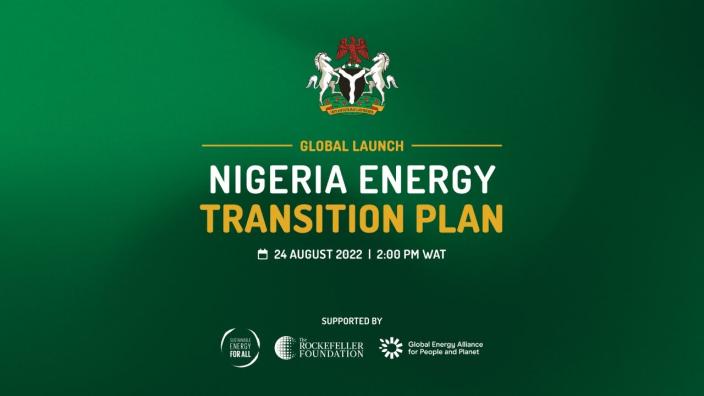
The new data-driven interactive tool developed by the FGN in collaboration with SEforALL and with support from The Rockefeller Foundation, will play a vital role in helping Nigeria achieve its shared
Watch
The ETO aims to coordinate implementation of the ETP and mobilization of resources, ensuring a pipeline of bankable projects and medium-term growth in the Nigerian decentralized renewable energy (DRE) sector. Moreover, the ETO will support Nigeria to become a champion for a just and inclusive African energy transition.

The new data-driven interactive tool developed by the FGN in collaboration with SEforALL and with support from The Rockefeller Foundation, will play a vital role in helping Nigeria achieve its shared energy access by 2030 and net-zero goals by 2060.
• Includes electrification, clean cooking, productive use
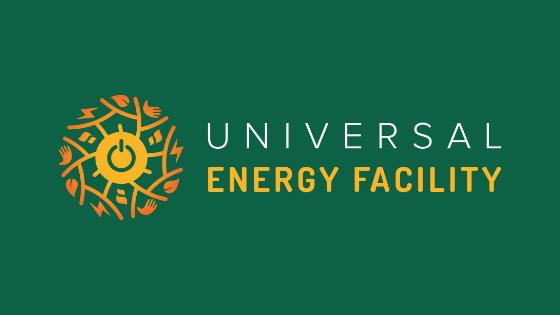
Launched the Stand-Alone Solar for Productive Use (SSPU) programme, which aims to bring clean and reliable electricity access to SMEs in Nigeria
Visit site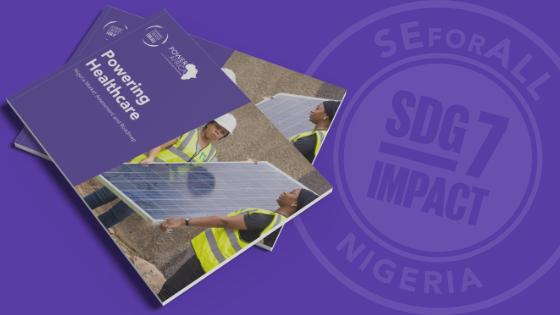
Developed and launched the Powering Healthcare Nigeria Market Assessment and Roadmap to support the Government of Nigeria and its partners in the electrification of underserved health facilities
Read moreSEforALL in Rwanda
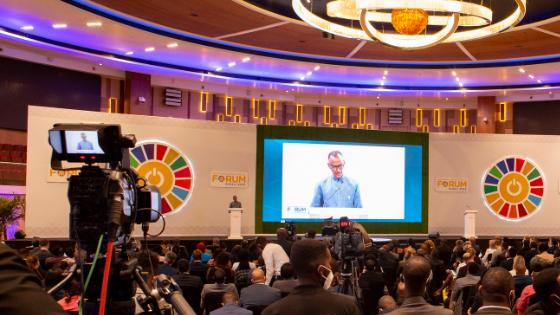
SEforALL hosted a Global Forum in Kigali in partnership with the Government of Rwanda, with over 1,300 in-person attendees and 2,800 online participants. The three-day Forum, which had to be postponed twice due to the COVID-19 pandemic, emphasized the importance of achieving global energy, climate, and development goals together to ensure a just and equitable energy transition
Visit site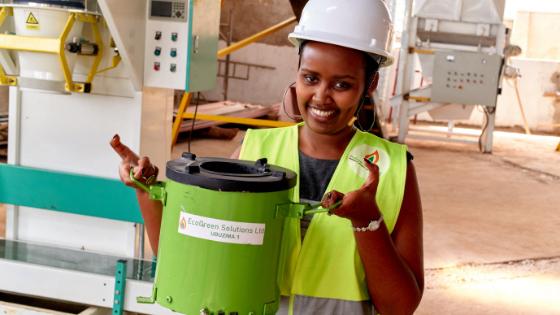
• SEforALL, in partnership with the Shell Foundation and the Government of Rwanda, is leading the Access Accelerator Rwanda project. This ambitious initiative aims to accelerate universal energy access by addressing financing gaps and establishing a replicable model focusing on access to clean cooking, productive energy use, and unlocking finance
• The project incorporates SEforALL's Clean Cooking Data Initiative, a collaborative pilot study with Nexleaf Analytics, the World Bank, and the Swedish Postcode Foundation.
• This initiative focuses on gathering data to assess the adoption and impact of clean cooking solutions in Rwanda.

Developed the Powering Healthcare Rwanda Market Assessment and Roadmap (to be launched in 2023) to support the Government of Rwanda and its partners in the electrification of underserved health facilities.
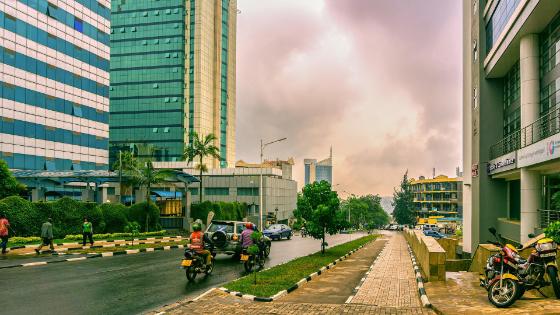
Supported the design and launch of a National Energy Compact for Rwanda
Energy compacts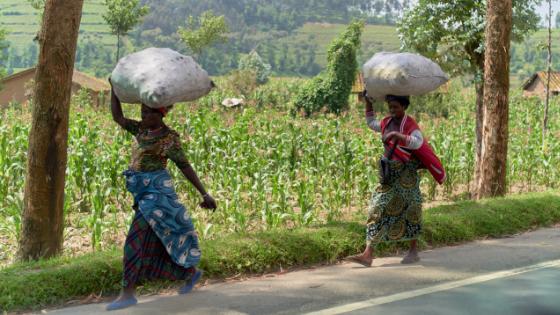
• Completed the scoping phase of the Rwanda Integrated Clean Cooking Plan in partnership with MIT and IIT
• Established a partnership with the World Bank on Productive Uses of Energy (PUE)
• Kick started the development of a Carbon Market Activation Plan for Rwanda
SEforALL in Sierra Leone
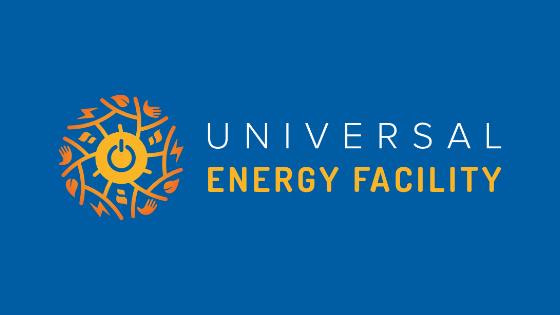
Implementation of an RBF programme that allows for scale, speed and efficiency to achieve universal energy access by 2030 via mini-grid connections.
Read more
In country support focused on powering social infrastructure including health facilities.
Read more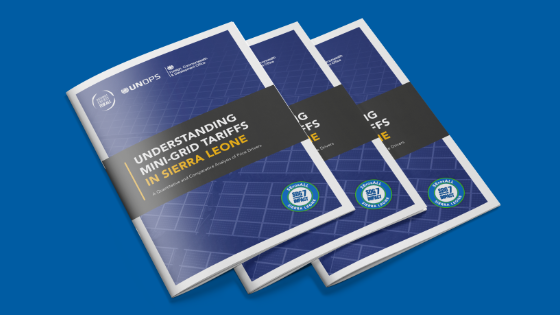
Mini-Grid End-user Tariff Comparison and Analysis in Sierra Leone
Read more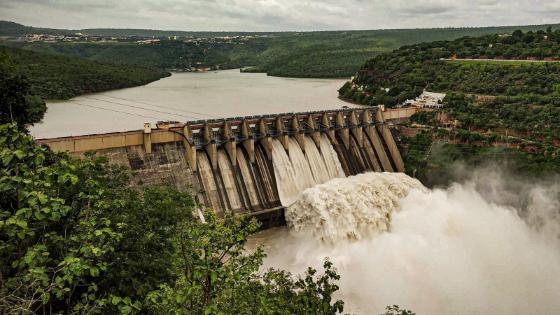
Betmai Hydroelectric Project

Supported development of SDG7 Cleaner Cooking Energy Compact of Sierra Leone
Energy compactsSEforALL in Malawi
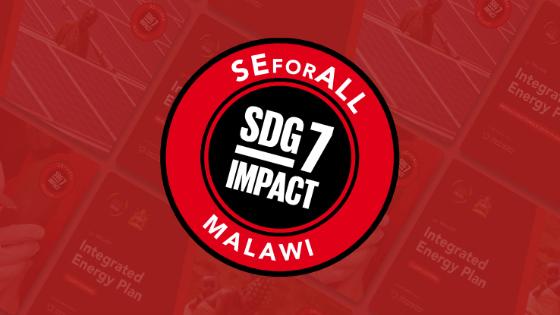
Developed an updated and enhanced Integrated Energy Plan (IEP) for Malawi
Visit site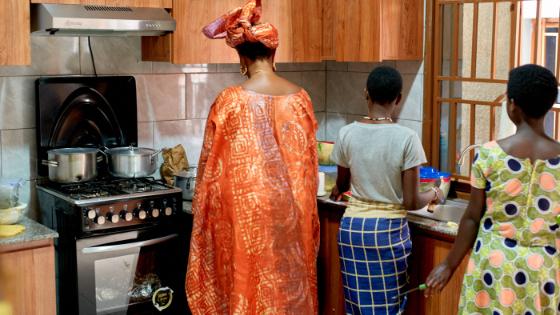
• Access to Clean Cooking Assessment
• Co-Benefits toolkit
• Climate Finance and Energy Innovation Hub
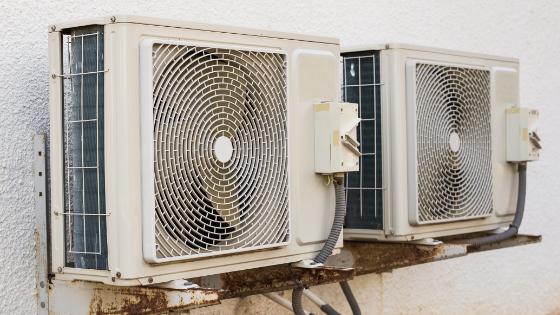
• Health cold chains
• Passive cooling solutions in buildings

Health facility energy needs assessment
More about the programme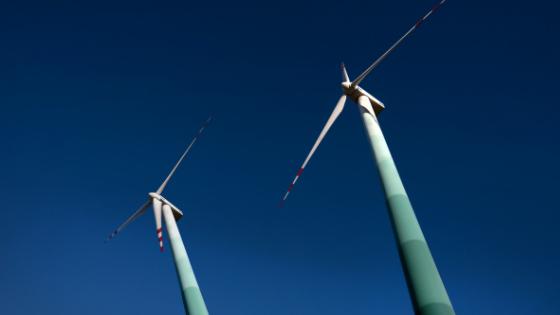
Energy Compact toward Universal Access to Cleaner Cooking Solutions for All Malawians
Energy compacts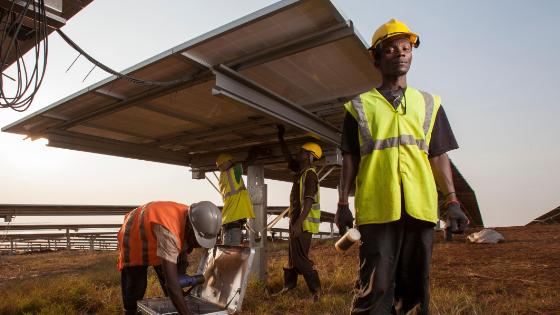
• Regulatory diagnostics for electrification: mini grids and SSPU
• Virtual Knowledge Hub Roadshow
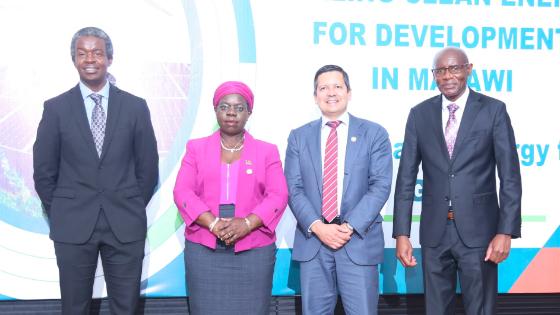
• In-country and International Stakeholder Coordination Support
• Advocacy Advisory
SEforALL in Madagascar
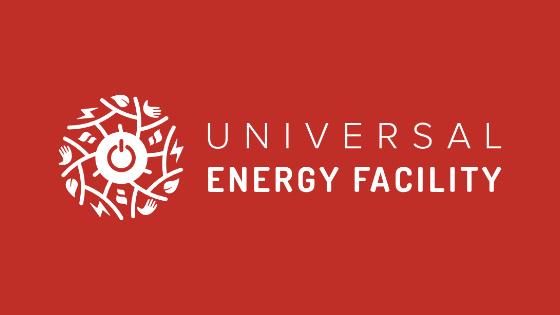
The UEF verified the successful installation of 654 connections to mini-grids across eight communities throughout Madagascar. These connections have provided new or improved access to electricity for more than 3,000 people, and a total of 0.19MW of renewable energy capacity has been installed. For communities like that of Ampasimatera in Madagascar, these new connections represent an opportunity to escape energy poverty.
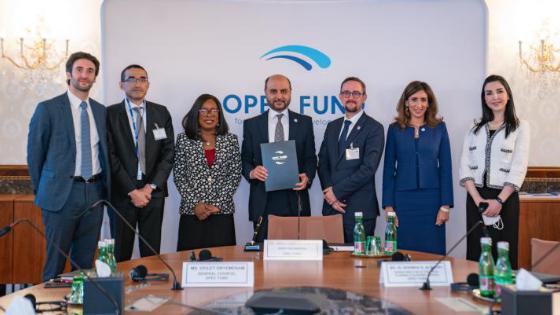
SEforALL engaged with officials from Madagascar to open space for additional programme engagement, including supporting a pledge from the OPEC Fund to provide UD 35 million to support Madagascar’s clean cooking and reforestation initiatives

SEforALL supported the design and launch of a national Energy Compact for Madagascar
Energy compacts
